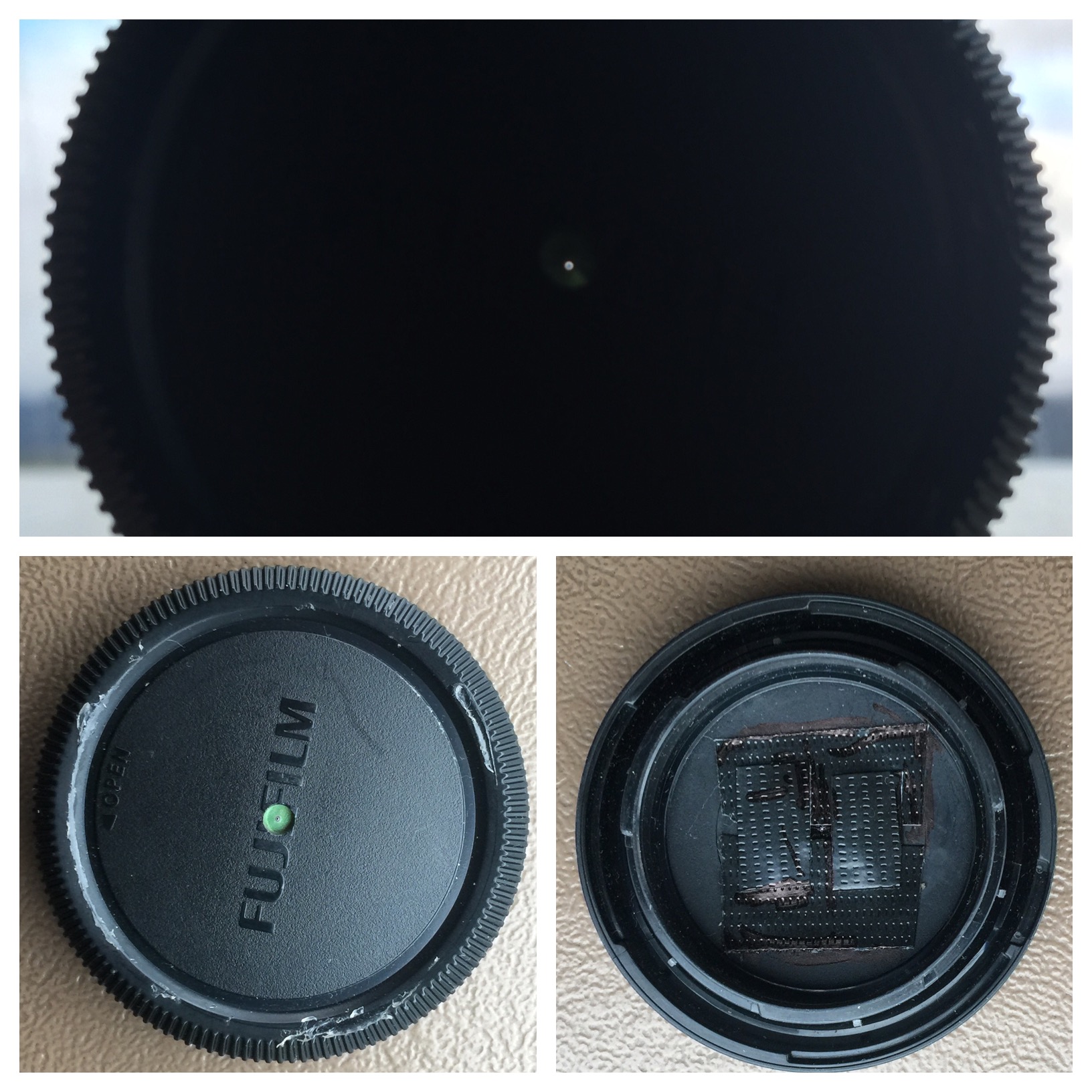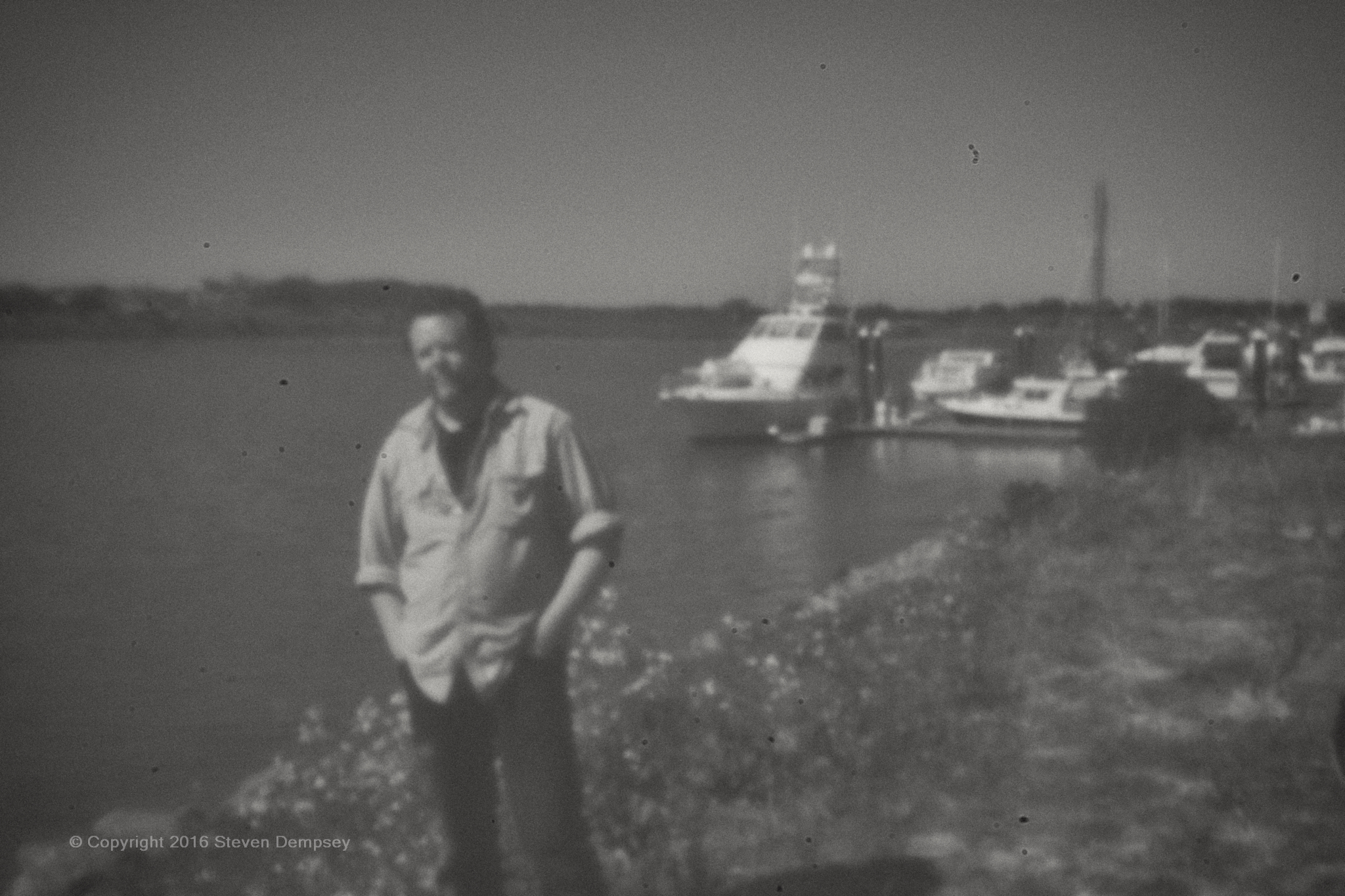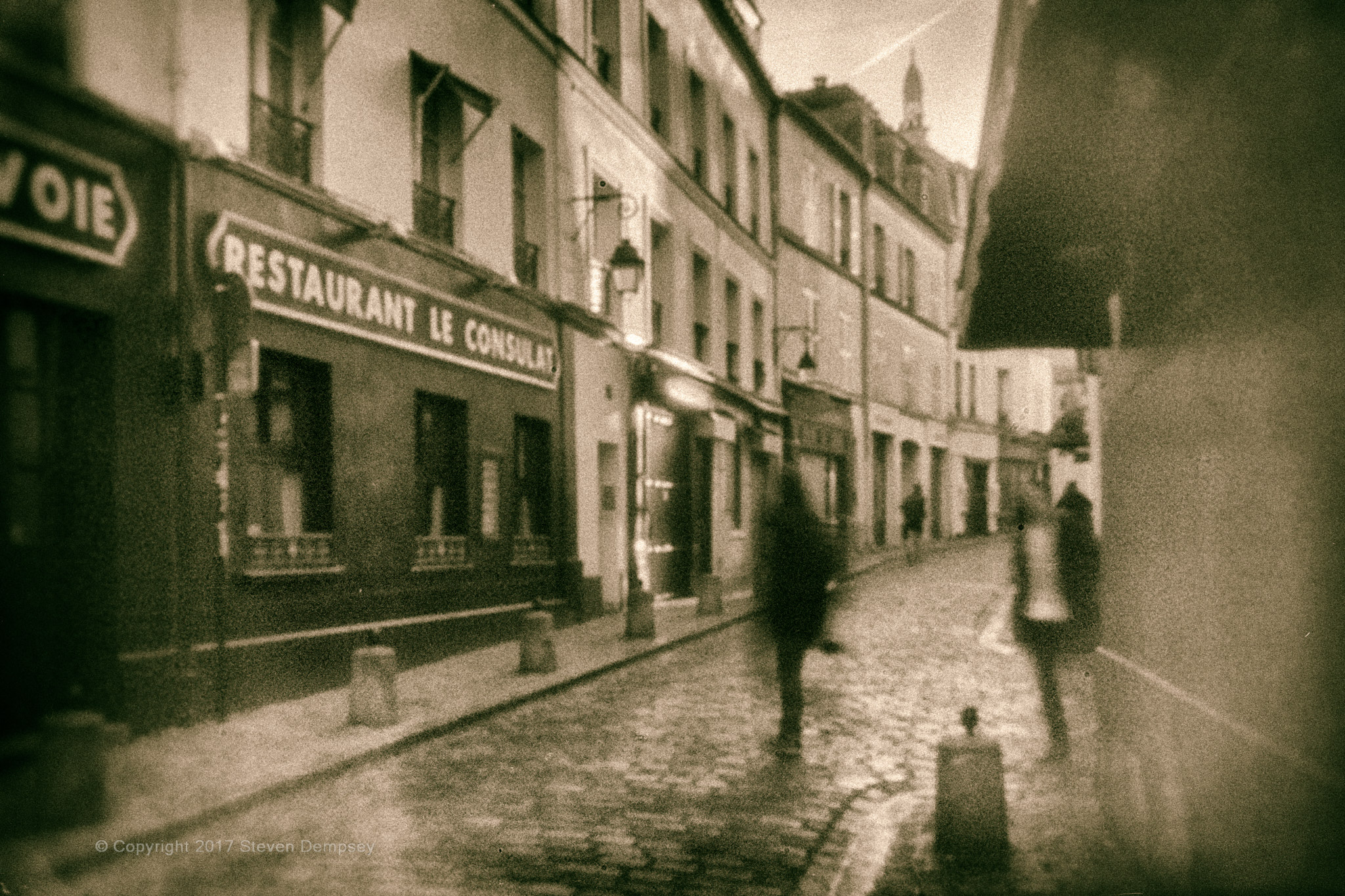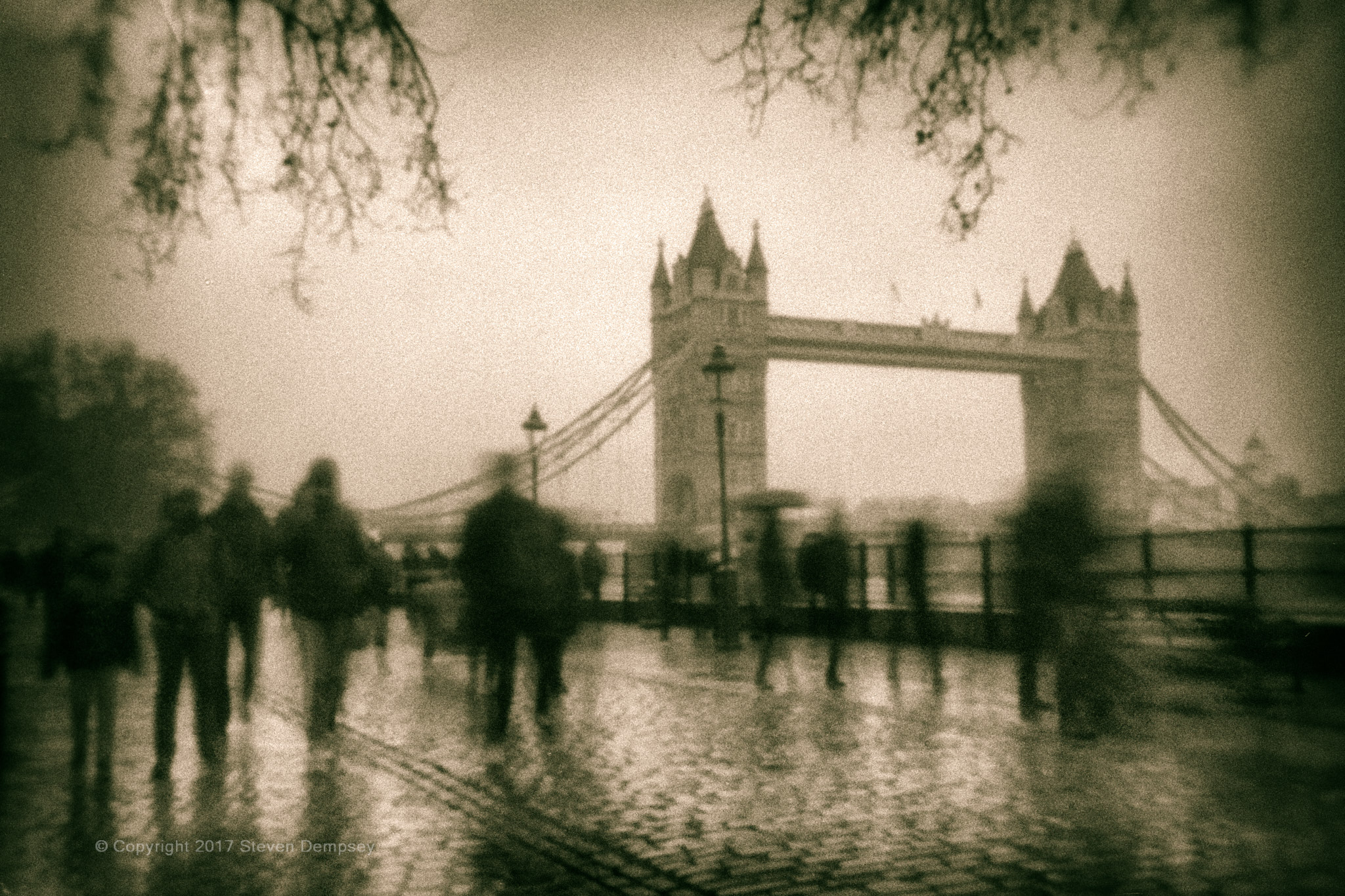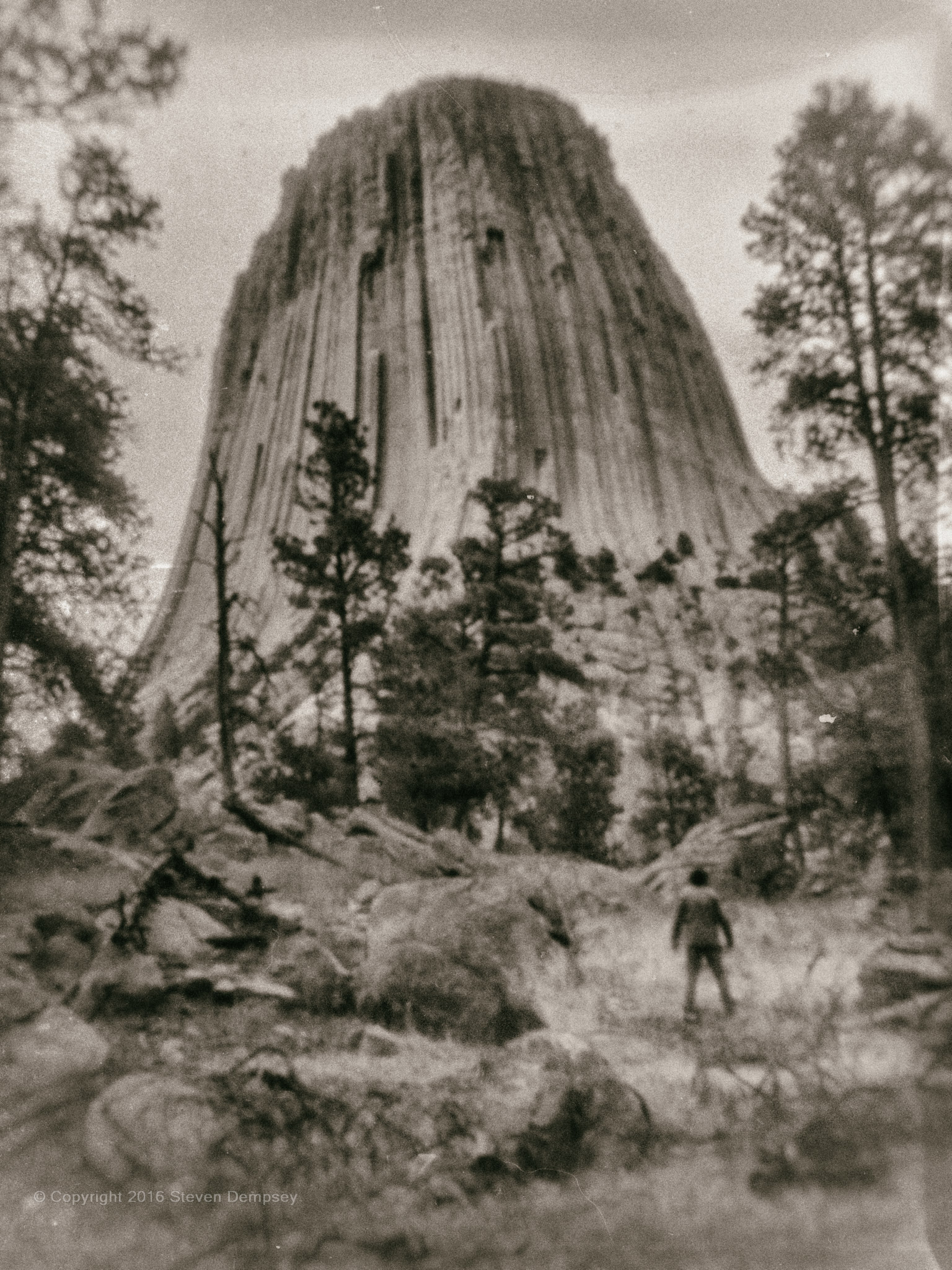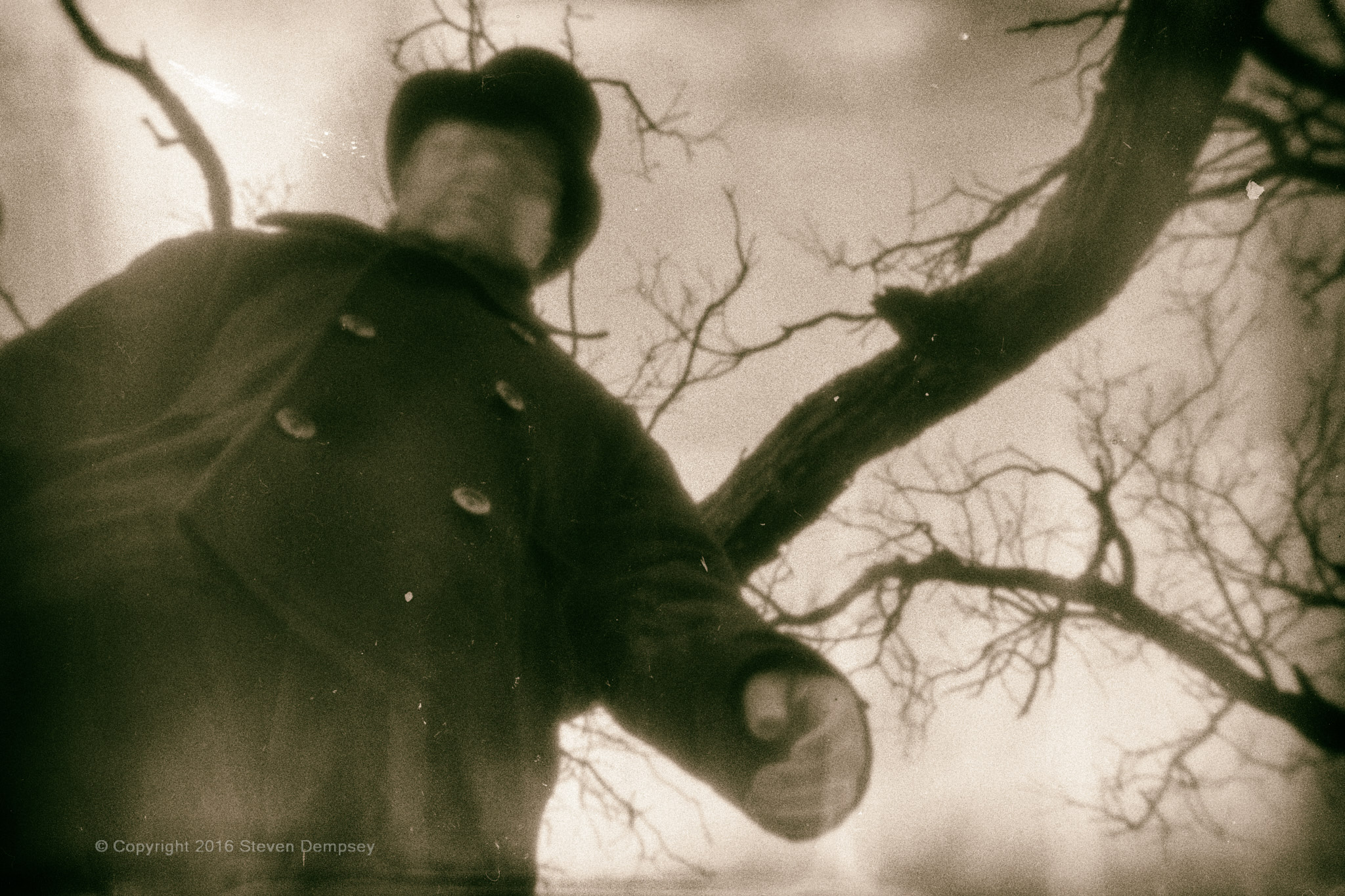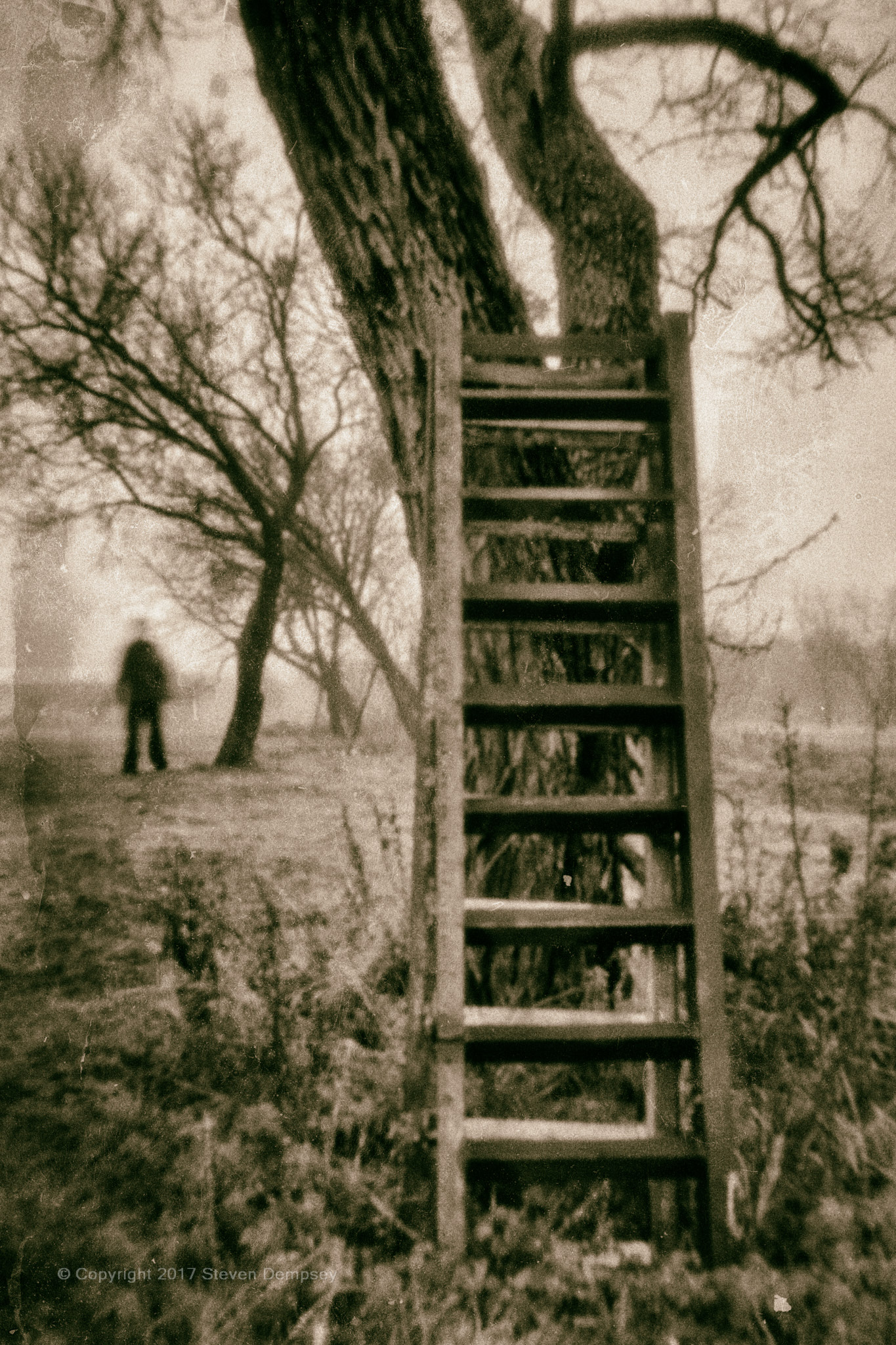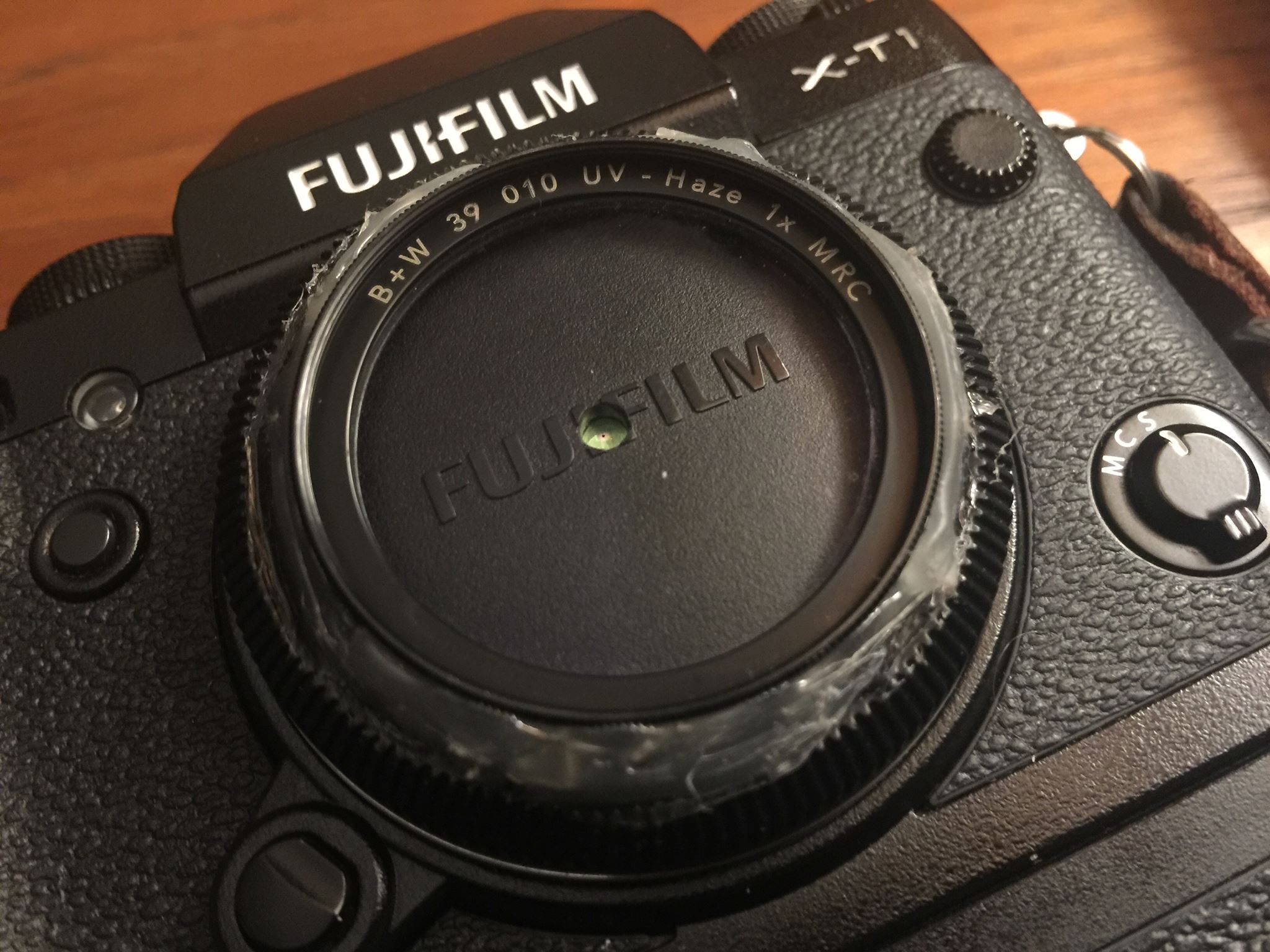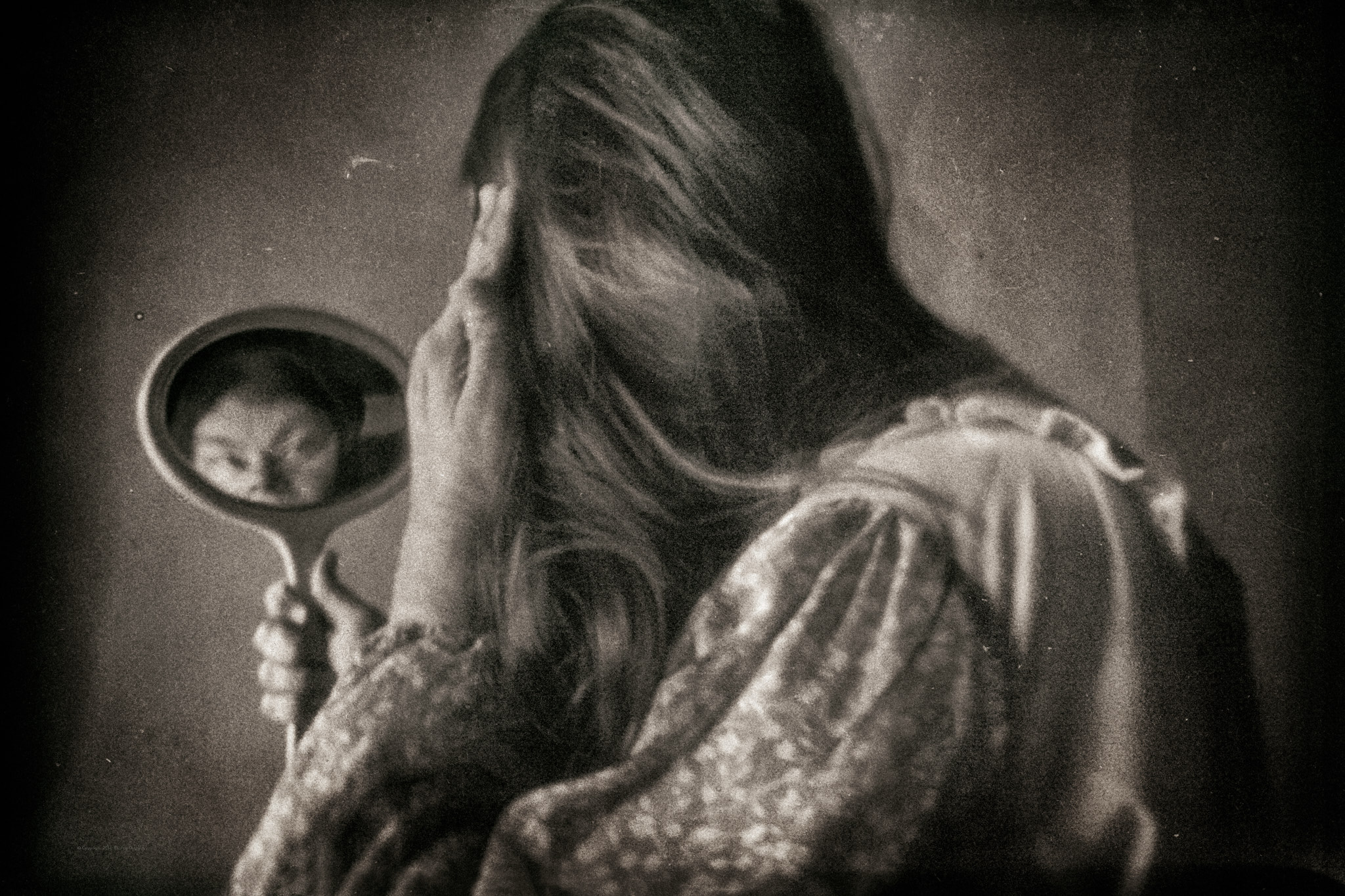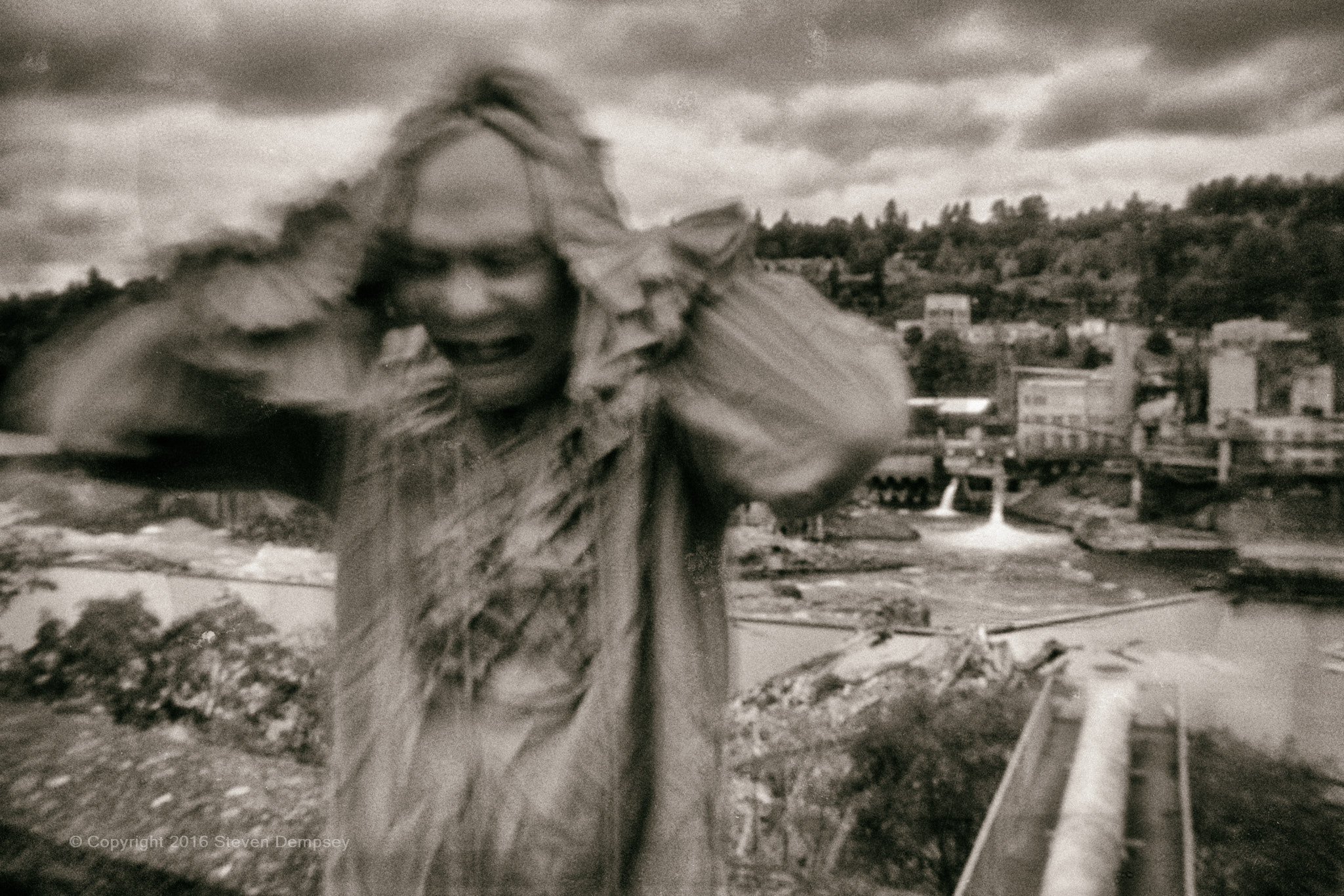Ever since taking up a camera, I’ve been fascinated with capturing images that have a timeless quality. Over the years, I’ve experimented with vintage lenses and even attached an old Kodak folding pocket camera from the early 1900s to the front of my X-T1. Unlike many other photographers, I have no interest in capturing the most pristine image possible from a scene. I’m much more drawn to a sense of abstraction in my work, exploring the unknown and letting stories unfold from a single frame. About a year ago, I decided to experiment with pinhole photography. I wasn’t interested in using traditional analog cameras because I was more intrigued by how I could adapt this style to my Fujifilm X-T1. I must be honest and say that most of the digital pinhole photographs I saw posted on the Web were uninspiring so I took it as a personal challenge to push the medium as far as I could.
The first thing I did was search the Web and found out how to create the pinhole for my camera. Turns out, it’s pretty easy. You can find a good explanation of the method here: http://m.wikihow.com/Make-a-Pinhole-Lens-for-Your-SLR-Camera (I believe he uses a lens cap but I recommend a body cap).
The concept of capturing an actual image using a tiny hole with no glass was intriguing and I didn’t think it would work. I had heard about Camera Obscuras many times but never directly experienced one. When I put the cap on for the first time and looked through the viewfinder, I could actually see an image. It was thrilling! It was dark and grainy and had a serious vignette but it was an image nonetheless.
Looking through the viewfinder made me feel like I had stepped back in time. The images transformed reality in a ghostly way. Because the hole is so small (mine is approximately f/200), the shutter times are quite long. I felt like I could exploit this to create ghost-like worlds. It is the closest I’ve gotten to painting with oil on a canvas, something that was a huge passion of mine in the past.My first efforts were crude but the potential of the images kept me going. Making new and better pinholes was almost like an addiction although I feel like I have now made the best version possible for this particular camera. I’ve tried a few others but nothing beats the one I have. Mine measures about 0.12mm, a little smaller than the recommended 0.18mm size for the X-T1 sensor but it gives me the look I’m after so I’m happy with it.
My wife and I sold our house and nearly all our possessions and hit the road in a motorhome back in 2014 so I have a unique opportunity to visit some amazing places around the United States. For instance, we planned an epic trip to Alaska last summer and I knew, with all the old mining towns, there would be some fantastic opportunities to shoot pinhole photographs. I also just returned from a trip to Europe, including Ireland, England and France and some of those old cities really got my creative juices flowing.
Pinhole photography has become all-consuming in my life. Of course, I do spend time capturing the places I visit using conventional lenses but, as soon as those shots are in the bag, I can’t wait to transform the landscape into the magical world of pinhole.
One of the big attractions about shooting pinhole for me is the unpredictable nature of the final image. In conventional photography, there is usually the subject and the photographer but now there is something otherworldly in the mix. In fact, the resulting photographs have encouraged me to create stories around them like this one: https://spark.adobe.com/page/PJUcZIag4uqXo/
While I could shoot on any kind of digital camera, all the usual advantages of the form factor and lightness of the X-T1 still hold true. Especially Using the body cap, the camera is about as compact as it gets and the bright viewfinder is essential for this kind of photography.
I’ve posted a number of images in the FujiLove Readers Group on Facebook over the last few months and notice the same questions coming up again and again so I’ll address some of them here.
Are you shooting JPEGs using one of the camera presets?
I shoot RAW exclusively but I do set the picture style to SEPIA so that I can get a basic idea of the mood I’m getting through the viewfinder.
What post production are you doing?
I capture my images using Capture One Pro as RAW files and then I’ll boost the shadows and perhaps subdue some of the highlights and add some grain. I then bring it into Photoshop and remove all the sensor spots. At f/200, every single blemish on the sensor can be seen so sometimes it takes quite a bit of time to remove everything. I then use the Unsharp Mask to boost some of the edges. Finally, I tone the image and sometimes add a subtle texture to give me the desired finished look.
Can you shoot handheld or is a tripod necessary?
I have shot quite a few images handheld but only if they are 1 second or less. In general I use a tripod. Obviously, there is no OIS.
Does dust get through the pinhole onto the sensor?
Yes, it does! I’ve combatted that problem somewhat by hot gluing a small UV filter to the front of the cap. This has helped a lot.
Where can I see more of your pinhole work?
My Instagram account is almost exclusively used for my pinhole photography.
One other thing that might be obvious but I’ll say it anyway. The success or failure of this style of photography has very little to do with the technical aspect of the equipment/software and everything to do with good composition and lighting. I approach pinhole images the same way I would any black and white image. That is to say, I keep the contents of my frame simple, look for textures and, most importantly, utilize darkness and light for mood. Cluttered scenes with lots of foliage will not look good because the detail and resolution are just not there and it tends to be a blobby mess so plan your images with this in mind and you will be much happier with the result.


